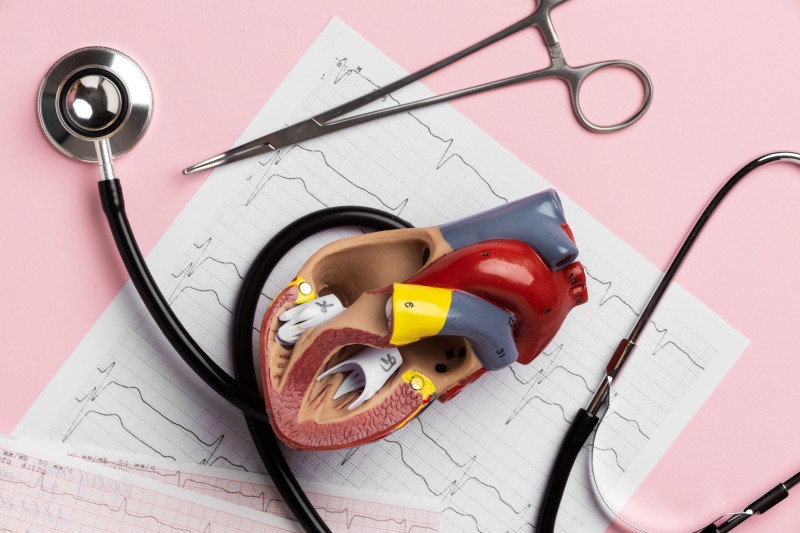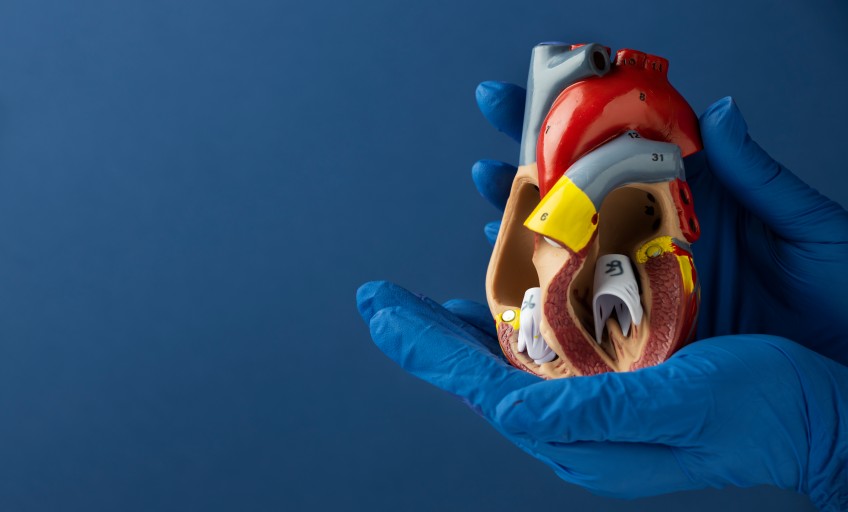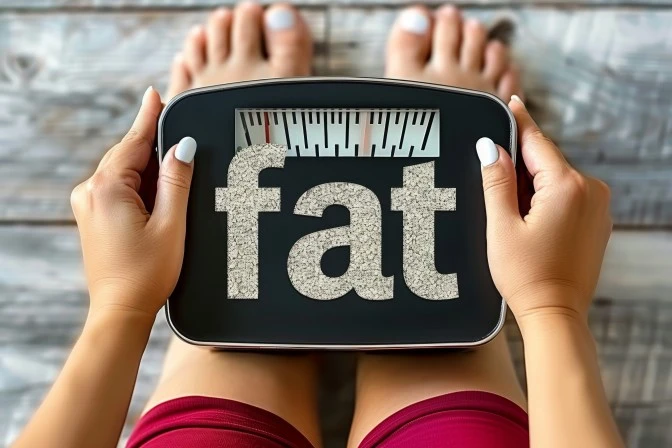One minute, you are living your regular life — the next, you are facing chest pain, ER lights, and you come across a term you have never heard before: angioplasty. While it may sound unfamiliar, angioplasty is actually a powerful, life-saving procedure that can restore blood flow to your heart quickly and effectively. Let us dive deep into what it is.
What is angioplasty?
Angioplasty is a medical procedure that treats narrowed or blocked blood vessels, the arteries supplying blood to the heart.
The angioplasty procedure steps

In the procedure, a small balloon-tipped catheter is embedded into the affected artery and inflated to widen the narrowed area, improving blood flow. Sometimes, a stent (a small mesh tube) is also placed to keep the artery open and prevent future blockages.
Common angioplasty risks
While angioplasty is relatively safe, it might pose certain risks and complications.
Signs indicating the need for medical attention
Some signs include:
- Bleeding and bruising may occur where the catheter is inserted into the artery, typically in the groin or wrist.
- Blood clots can form inside the catheter or in the treated blood vessel, potentially leading to a stroke or हार्ट अटैक.
- Renarrowing of the artery may happen after the procedure, requiring additional treatment.
- Infection can arise at the catheter insertion site or in the coronary artery vessels.
- Kidney damage may be caused by the contrast dye used during angioplasty, particularly in individuals with pre-existing kidney conditions.
- Damage to the blood vessels can occur at the insertion site or within the heart.
- Abnormal heart rhythms may manifest during or after the procedure.
Essential lifestyle changes
Lifestyle changes play an important role in maintaining the benefits of the procedure and reducing future risks.
Adopting a heart-healthy diet after angioplasty
After a coronary angioplasty procedure, adopting a heart-healthy diet is crucial for supporting cardiovascular health and preventing future complications.
1 Fruits and vegetables
Fruits and vegetables are abundant in essential vitamins, minerals, antioxidants, and dietary fiber. Including a diverse array of colorful fruits and vegetables in meals can enhance heart health, reduce inflammation, and deliver vital nutrients that support overall well-being.
2 Choosing lean proteins and whole grains
Opt for lean protein sources like skinless poultry, fish, legumes, and plant-based proteins such as tofu and tempeh. These options are lower in saturated fat and provide essential amino acids, promoting heart health and maintaining muscle mass. Also, include whole grains, such as whole wheat, brown rice, oats, barley, and quinoa.
Foods to avoid after angioplasty
Here are the foods you must avoid:
1 Limit salt
Seek low-sodium or no-salt-added options for canned goods, sauces, and condiments. Use herbs and spices to season food instead of salt. Limiting salt intake is important for managing blood pressure and reducing strain on the heart.
2 Avoiding processed foods
Foods to avoid after angioplasty are processed foods, canned goods, and fast food, typically containing high sodium levels. Limit your intake of these items and choose freshly prepared meals made with natural ingredients.
Importance of regular physical activity
Physical activity is vital to a heart-healthy lifestyle, especially after angioplasty. Regular exercise can strengthen the cardiovascular system, improve blood flow, lower blood pressure, and enhance overall well-being. You can incorporate cardiovascular exercises like walking, jogging and cycling. Also, include strength training exercises using weights or resistance bands.
Stop smoking and limit alcohol intake

Smoking is a major risk factor for cardiovascular disease, and quitting smoking is essential for improving heart health, especially after angioplasty. Cigarette smoke contains harmful substances that damage the blood vessels, promote inflammation, and exacerbate the formation of plaque in the arteries. Also, take steps to avoid alcohol at all costs.
Medications and medical care
Take proactive steps to care after angioplasty.
Prescribed medications
Consult your healthcare provider to receive timely medications for proper aftercare.
Regular health check-ups and monitoring
After your procedure, attending follow-up visits to monitor your recovery is essential. Regular check-ups will ensure the stent continues to function effectively and that the arteries stay open. These visits also provide an opportunity to adjust medications and offer necessary lifestyle recommendations based on your progress.
Managing other health conditions
If you have had angioplasty, managing other health conditions becomes especially important to prevent further heart problems and protect your overall health. It is essential to manage blood pressure, maintain cholesterol levels, and keep diabetes and kidney disease at bay.
Stress management techniques for heart health
To support heart health and overall well-being, adopt stress-reduction techniques, such as meditation, deep breathing, yoga, and mindfulness practises to manage and cope with stress effectively.
Thriving after angioplasty
Maintaining a healthy life after angioplasty stent placement involves making several important changes. Seek support from friends, support groups, or online communities for emotional validation, access to valuable information, and motivation during recovery. Stay informed and proactive for complete recovery and ensure long-term heart health.
Key Takeaways
- Angioplasty is a less invasive procedure that opens blocked or narrowed arteries.
- Some angioplasty risks include re-narrowing the artery, blood clots and kidney issues.
- Limit salt and avoid processed foods after angioplasty.
Stay tuned to the Activ Living Community. Keep up to date with the latest health tips and trends through expert videos, podcasts, articles, and much more on पोषण, फिटनेस, सचेतन, और लाइफस्टाइल से जुड़ी बीमारियां like Asthma, Blood Pressure, Cholesterol, and Diabetes. Activ Living ke saath sahi sehat ki shuruat ABHI karo.
You may also be interested in the following blogs:
- Heart Under Pressure: The Real Cost Of Stress
- Respiratory Rate And Heart Health: What Is The Connection
Popular Searches
How to lower blood pressure | Fruits good for liver | Unhealthy foods | रागी के लाभ | बेसल मेटाबोलिक रेट | हाई ब्लड प्रेशर के लिए एक्यूप्रेशर पॉइंट्स | Ayurvedic medicine for blood pressure | How to control cholesterol at home | Homeopathy for Asthma | Biological Age | Home remedies for TB | Natural beta blockers | Negative effects of internet | Types of walking | ब्लड प्रेशर कैलकुलेटर | ब्लड शुगर कैलकुलेटर | BMI कैलकुलेटर





 1800-270-7000
1800-270-7000





